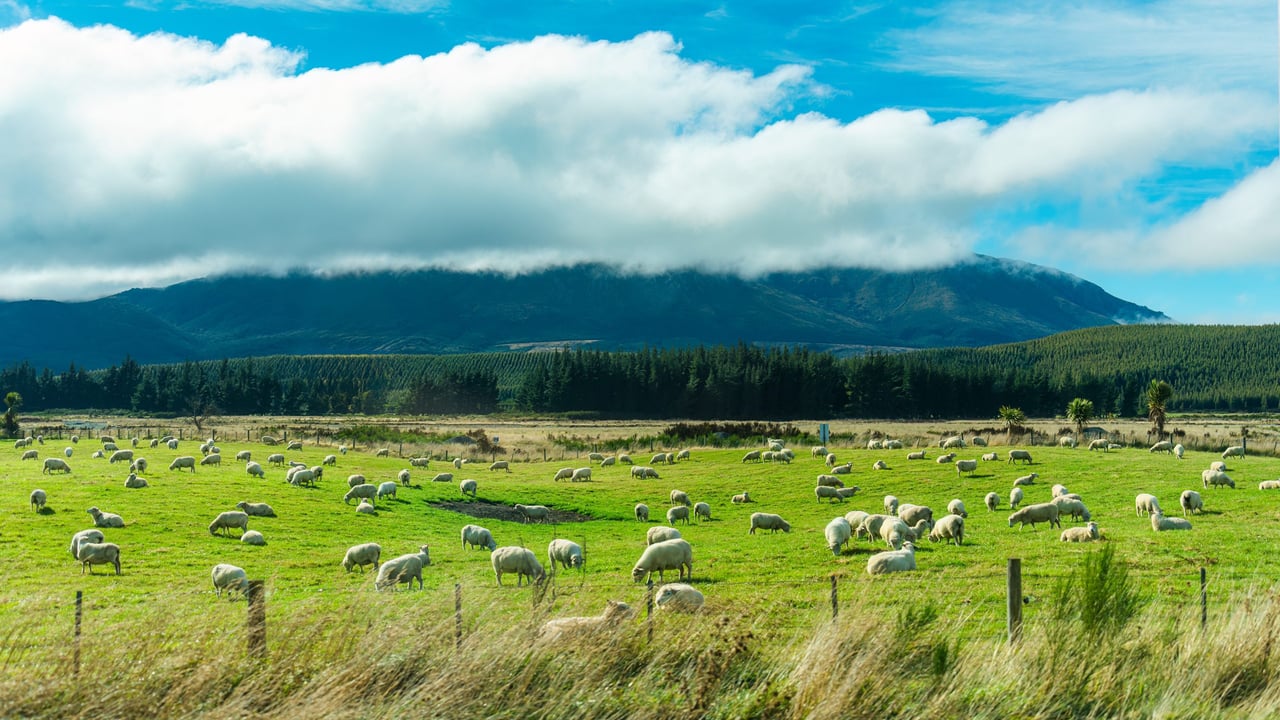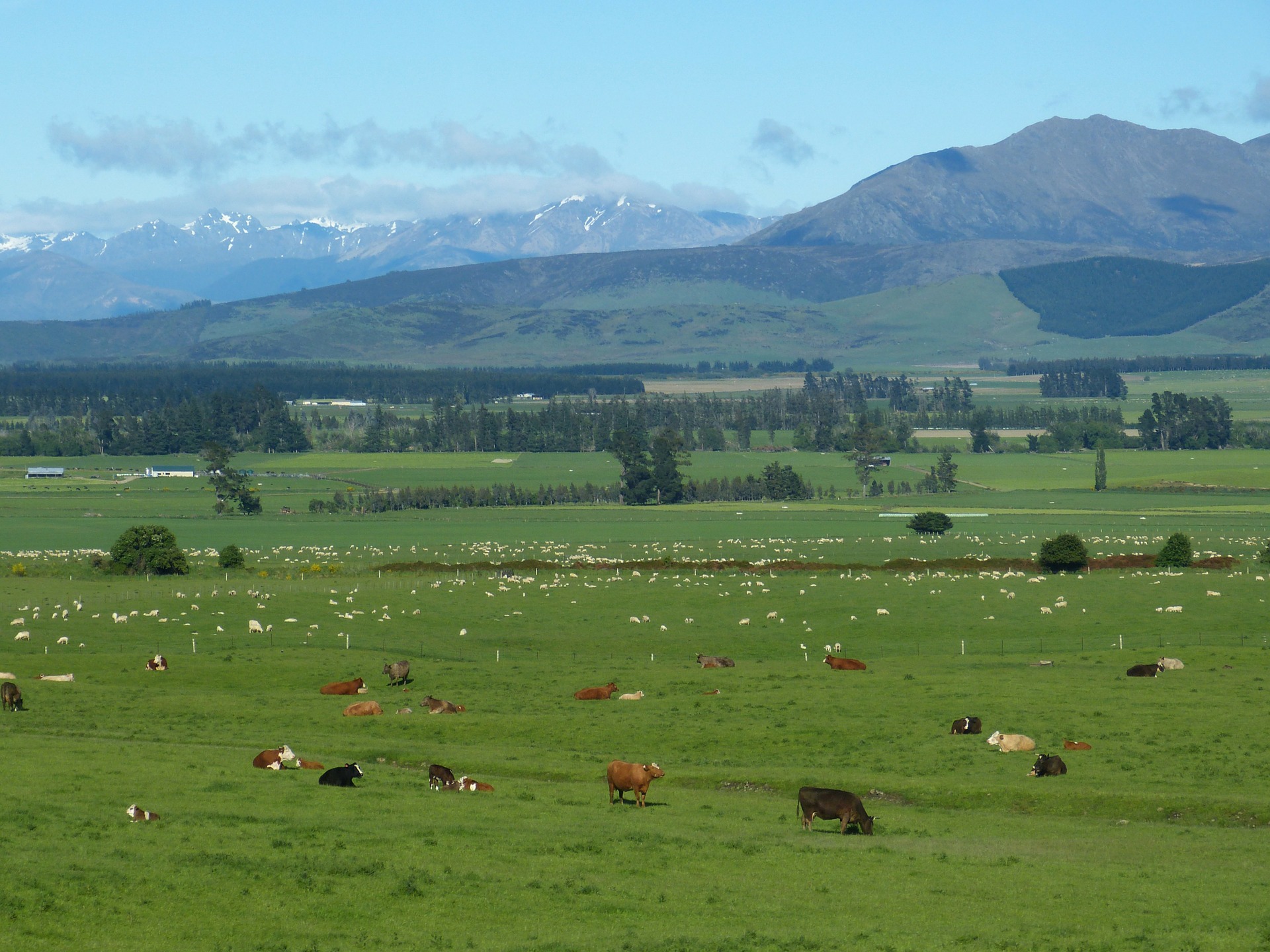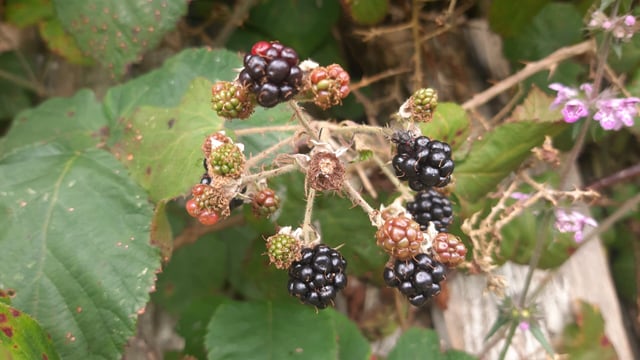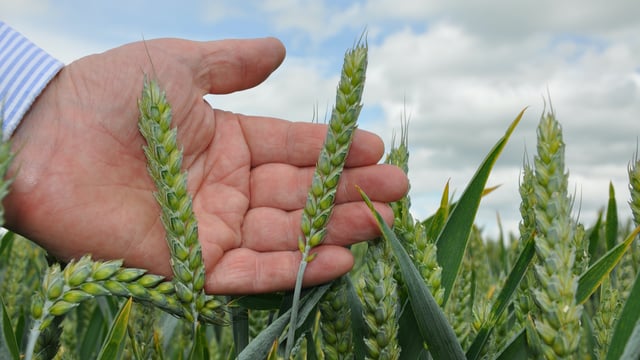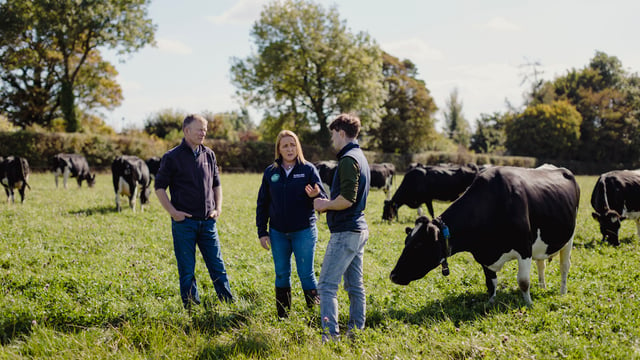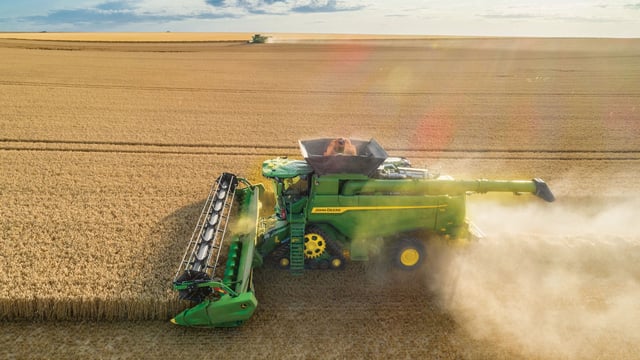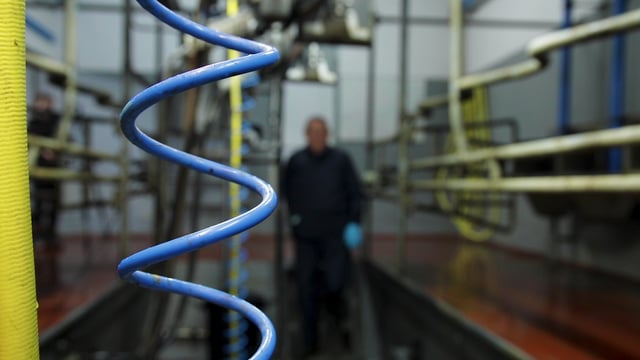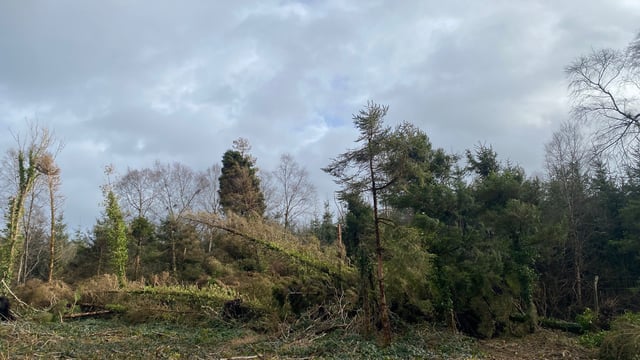Survey shows New Zealand beef cattle numbers up, sheep down
The total number of sheep in New Zealand dropped by 1% in the past year, while beef cattle numbers rose 4.4%, according to a new survey.
Beef and Lamb New Zealand (B+LNZ) has released its annual stock number survey for the year ending June 30, 2025.
B+LNZ noted a continued shift towards more beef cattle within sheep and beef farming systems as farmers respond to more consistently high cattle prices.
Sheep
The survey found that the decline in the total sheep numbers to 23.36 million is modest and in contrast to the sharp falls of recent years.
This was attributed to more trading hoggets (8.36 million) being on hand at June 30, owing to the late season.
B+LNZ voiced concern over the 1.9% decrease in breeding ewes to 14.28 million, which it said is "the indicator to watch for the direction of production".
The spring 2025 lamb crop, estimated at 19.29 million head, is 120,000 lower (-0.6%) than last season.
This decrease is on top of a significant, 1.5 million head, fewer lambs born last season.
An uptick in farm-gate prices for sheep over recent months was noted in the report.
According to B+LNZ, meat processors struggled this year with low lamb supply which is expected to continue into the coming year.
The organisation said the drop in breeding ewes in most regions of the country is "largely because of ongoing land-use change and periodic feed shortages".
"While prices are high and farmer confidence has recovered, forestry remains a major concern for farmers as it relates to the critical mass of the sector," the report stated.
New Zealand
Beef cattle numbers increased to 3.84 million head over the year, driven by strong farm-gate prices.
Farmers were also rebuilding herds following drought in the South Island last year and Cyclone Gabrielle in the North Island in 2023.
The number of beef calves born in spring is expected to increase 2.8% to an estimated 71,000 head due to more breeding cows and good conception rates.
Despite climatic challenges in some regions, the survey found farmer sentiment has improved, buoyed by better farm-gate prices.
B+LNZ chair Kate Acland said there are reasons for optimism in the sheep and beef sector given recent strong prices, although significant challenges remain.
“We’re seeing rebuilding of stock numbers in several regions after drought and other adverse weather events led to sharper reductions in the last two years.
"Farmers are getting much better prices and are feeling more confident about shorter-term prospects," she said.
B+LNZ has claimed that 2.6 million stock units have "been lost to afforestation since 2017", adding that "afforestation is responsible for 78% of the total reduction in sheep and beef stock numbers since 2017".
“The government has set a goal of doubling exports by 2034, and sheep and beef farmers will be essential to achieving this goal. Nearly 20% of New Zealand’s export earnings, NZ$10.4 billion in 2024, come from the red meat sector.
“But we can’t double exports if we’ve planted our best farmland in pine trees. We’re calling on the government to do more to restrict whole-farm sales for entry into the Emissions Trading Scheme (ETS)," Acland said.

